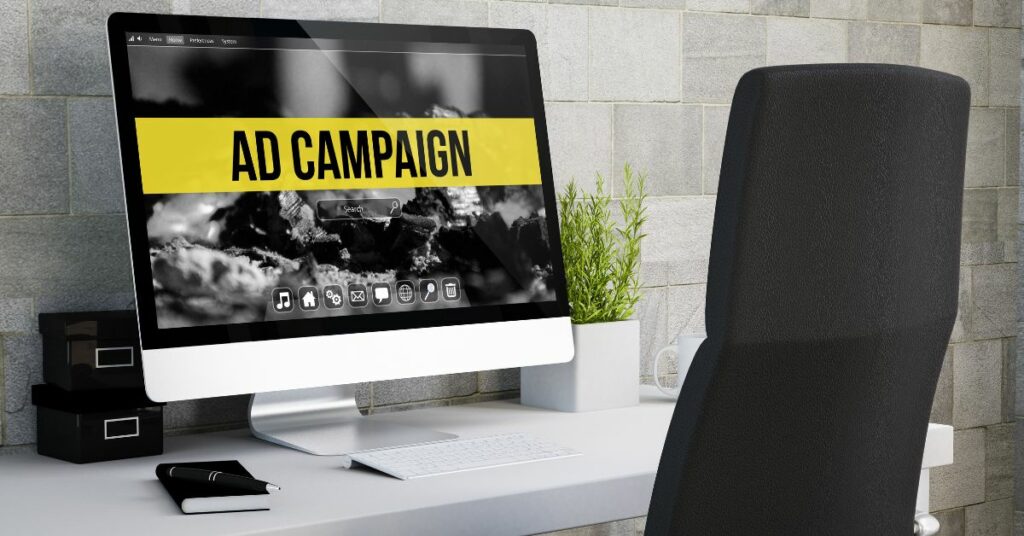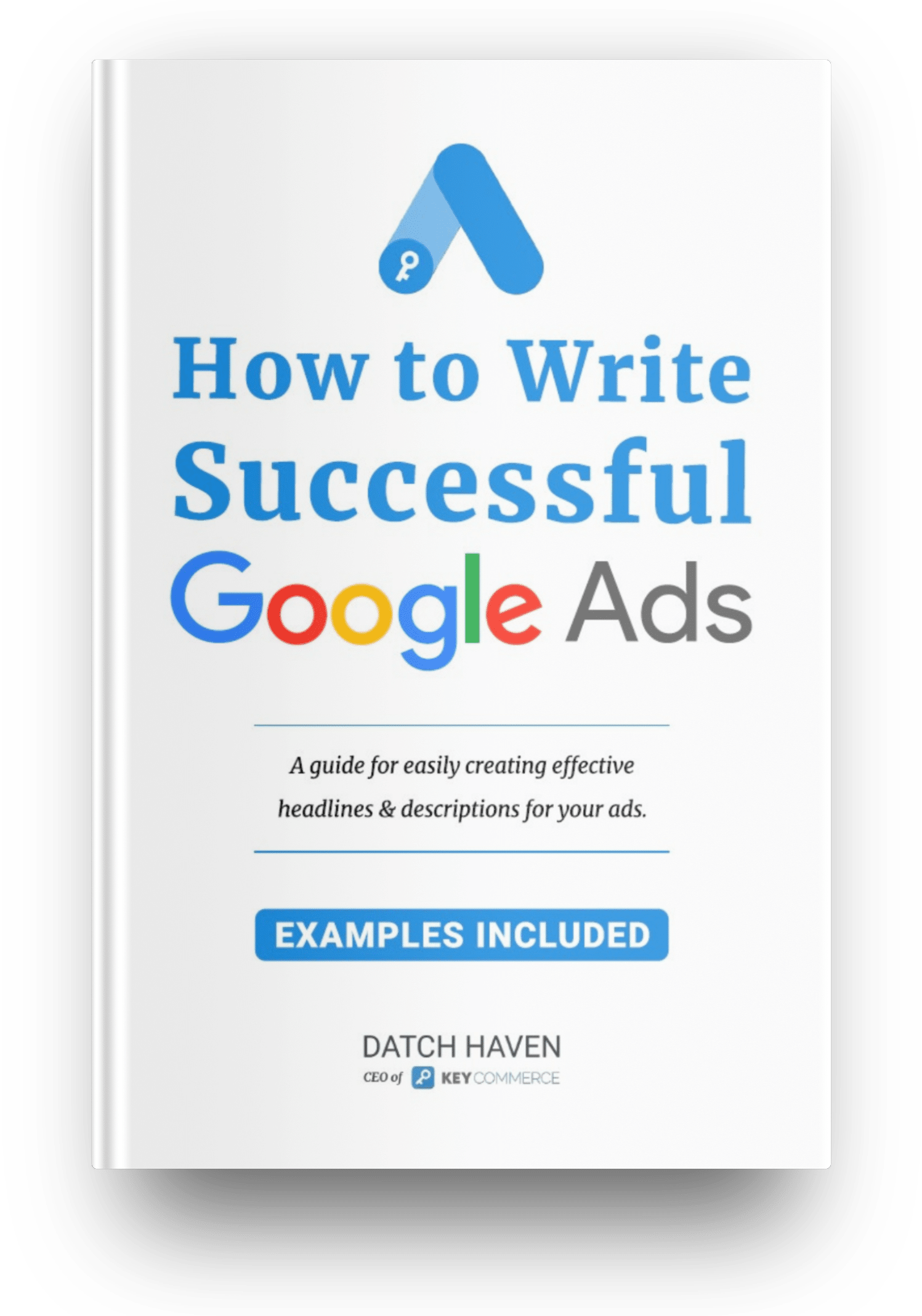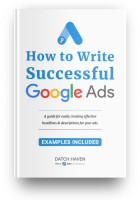What are Google headlines, and where are they used?
It's no secret that Google is arguably the number one mobile and desktop advertising platform globally. Its pay-per-click models control 92% of the search engine advertising market, with advertisers vying for the top spot on the results page. And when you're vying for the top spot, your Google Ads headlines are what make you stand out.
You'll need to produce two types of copy when you create Google search ads, text ads or dynamic search ads. The first is a headline, and the second is a description. These appear together on the SERP to people who search for relevant keywords linked to your business or services.
Why are headlines important?
According to statistics, 80% of readers will read a Google Ads headline, but only 20% will read any further. The reality is that only some information entices the reader to enter the sales funnel. Likewise, unexciting or dull copy won't draw people to your website.
With so many businesses vying for the attention of web surfers, your headlines are the only thing that can catch their eye.

The structure
You'll need a minimum of three headlines for each Google Ads campaign, which will appear together at the top of the advert, placed above your website link. You can add as many as 15 headlines, allowing Google to create compelling headline combinations. They should be short and punchy to attract the attention of potential customers.
Their primary purpose is to convince browsers to read the rest of the ad. You have to be brief since you are limited to 30 characters for each Google Ads headline and 90 for the description.
However, the two should work together, with the main topic carrying across both. Furthermore, the content should match what your customers want without repetition. That said, Google seems to favor ad copy that looks less refined to readers but is more relevant for the search terms.
Abstract descriptions may work well for bigger brands or on social media, but for most ecommerce businesses, 1-2 headlines related to descriptive propositions are enough.
So, for example, if you're selling handbags, your headlines could say:
- Leather handbags for sale.
- Find your perfect size.
- Shop our unique range!
The three above clearly explain what you are selling and encourage customers to explore your website. There are different ways that you can structure your headline and descriptions.
Some copy strategies to consider include:
Questions
Asking someone a question usually grabs their attention, especially if it's about something they searched for on Google. Most searchers feel understood when you prompt them with a query similar to what they're looking for.
Example:
Headline: “Looking for cheaper car insurance?”
Description: We offer car and home insurance at low rates in all states. Free, no-obligation quote.

Numbers
Using numbers grabs people's attention, excites people, and can prompt potential customers to click on the ad if they feel it solves their problem.
Example
Headline: “20 easy ways to lose weight fast”
Description: Discover how to lose stubborn fat with our proven methods. Low cost, fast results.

Location
This one places you at a particular location close to the searcher. It seems simple, but it helps users find you and dissuades searchers who aren't in your vicinity from clicking on your ad, saving you money.
For a seamless location match, use Google's location insertion. It allows you to show your physical location or location to searchers.
To use it, add your location to the headline code: We deliver to {LOCATION(City)}
Examples:
Headline: “Best dentist in Washington.”
Description: 9 out of 10 patients say we're the best in Washington. See our reviews.
Headline: “Washington Dentist”
Description: Need a dentist this weekend in Washington? We are open on Saturdays.

Comparison
People enjoy knowing they can get something better by swapping to one business over another. You can make them feel like this by using a comparison headline.
Example:
Headline: How our toothpaste compares.
Description: We've tested ten brands, and our toothpaste comes on top—best-tasting teeth cleaner.

Trigger words
People notice ecommerce buzzwords such as: ‘get,' ‘shipping,' and ‘free.' Other words that draw attention include ‘along with your,' ‘online,' and ‘save.'
Example:
Headline: Get your shoes shipped free.
Description: Free shipping for orders of $300 or more. Shop online now and save.

Offers
Everyone loves a good deal, especially people in a shopping frame of mind. Money talks, so displaying offers in your headlines will get those clicks. Make sure that whatever offers you have in your headline follow through on your website.
Example:
Headline: Get 20% off on all running shoes.
Description: Shop the largest range of sneakers in the US. Save now with great discounts.

Pro tip:
When entering keywords or headlines, click ‘Shift' and ‘{}.' It will open a keyword-inserting function. This function inserts a specific keyword that searchers may look for into the headline title. Unfortunately, it doesn't always work perfectly, so you must include default text.
Best practices for successful Google Ads headlines
Creating conversion-worthy headlines takes some creative thought and practice. Here are a few best practice tips you can incorporate when writing your ad copy:
- Create genuine and compelling copy
- Write eye-catching headlines that look good across all devices
- Use ad extensions to enhance your ads further
- Think of what your prospect wants and try to address the problem or give a solution
- Ensure your offers are precise – free survey, free gift with every purchase, 20% off, etc.
- Pre-empt any objections and cover them in your ad copy.
- Consider adding numbers to your headlines that attract the eye, e.g., “#1 baker in New York.”
- Keep the language simple and easy to understand
- Capitalize the first letter of each headline to attract the browser's attention.
- If you're running brand search campaigns, you want at least three headlines containing the brand name. For any other Google Ads campaign, you want to ensure that one headline and at least one sentence mention the brand name. Using the symbol after the name can help the brand stand out if your brand is a trademark.
Practice makes perfect
Writing a Google Ads headline that converts is challenging and usually takes a lot of practice and tweaking to get it right. You want to ensure that you're getting your message across concisely, which entices browsers to click on your listing.
Use the techniques mentioned above to create a formula that works for you, and feel free to mix it up and change it if something doesn't work.












